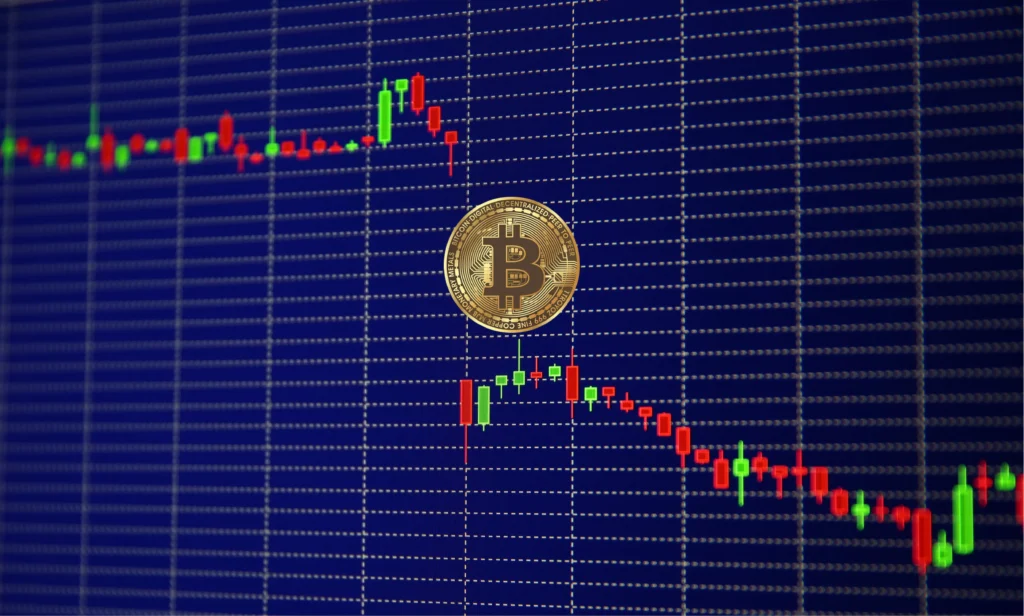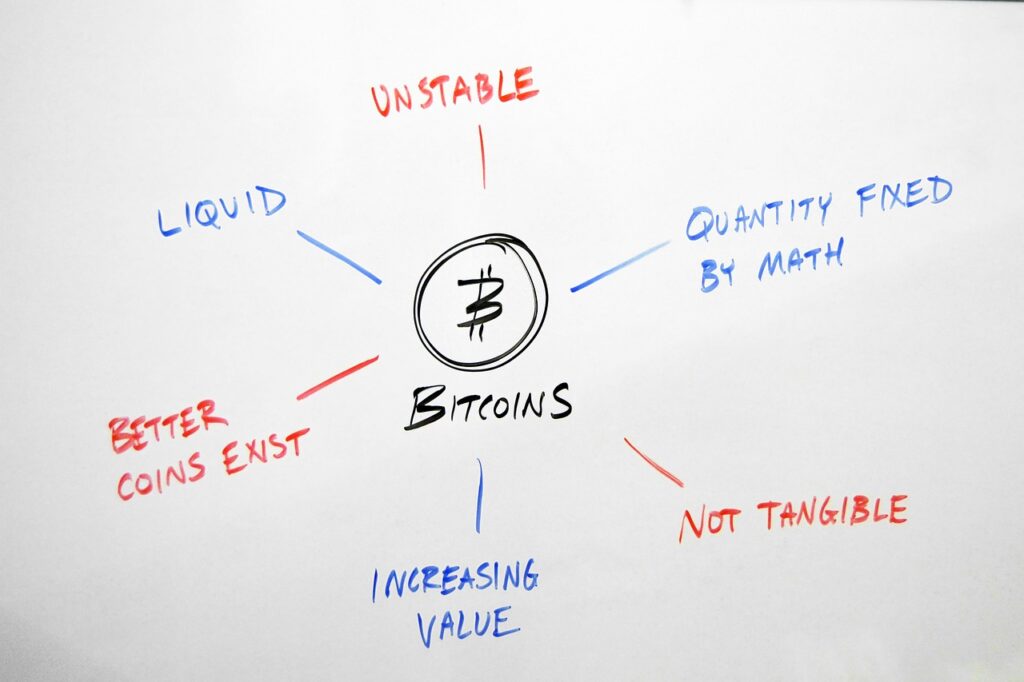The Bitcoin CME gap has become a significant point of interest for cryptocurrency traders. It refers to the price difference between the Friday close and the Monday open of Bitcoin futures on the Chicago Mercantile Exchange (CME). Since the Bitcoin market operates 24/7, while CME closes for the weekend, these gaps often form when Bitcoin’s price moves substantially during CME’s closure. Traders view these gaps as potential trading opportunities because they have a high probability of being “filled,” meaning the price often retraces to cover the gap in subsequent trading sessions.
What Causes Bitcoin CME Gaps?

CME gaps occur due to the nature of the traditional financial markets. The CME, which is one of the largest derivatives exchanges, operates on a Monday to Friday schedule. During the weekend, when CME is closed, Bitcoin continues to trade on other platforms. If Bitcoin experiences significant price movement during this time, a gap forms when CME reopens, either higher or lower than where it closed on Friday.
The gap represents the difference in price caused by trading activities on non-CME platforms. For example, if Bitcoin closes at $60,000 on Friday and opens at $61,000 on Monday, a gap of $1,000 is created. This price difference becomes a focal point for traders who anticipate that the price will likely retrace and fill the gap.
How Traders Use CME Gaps

Many traders capitalize on CME gaps by predicting when these gaps will be filled. Historical data suggests that a majority of Bitcoin CME gaps eventually close, providing a window for traders to make strategic buys or sells. For instance, if a bullish gap forms, where the price opens higher than the previous close, traders might expect the price to pull back and “fill” the gap. Conversely, in the case of a bearish gap, where the price opens lower, traders could expect the price to rise back to fill the gap.
However, it is crucial to note that gap filling doesn’t always occur immediately. While a significant portion of CME gaps do close, the timing varies—sometimes taking days or even weeks. Traders must combine technical analysis tools like moving averages and Bollinger Bands to time their trades effectively and manage risks associated with volatility.
Current Market Trends and the CME Gap

As of September 2024, Bitcoin is once again experiencing significant price volatility, with several CME gaps forming between key price levels like $58,000 and $62,000. Analysts have noted that Bitcoin could soon fill some of these gaps as it navigates through the next market cycle. Predictions suggest that October 2024 could be a pivotal month for Bitcoin, with a potential breakout following a period of consolidation. Some experts believe that filling these gaps could set the stage for Bitcoin to push towards new highs. (Mitrade)(The Daily Hodl)
Challenges with Trading CME Gaps
Despite the potential profitability of trading CME gaps, it is not without risks. The volatile nature of Bitcoin means that prices can swing unpredictably, and gaps might not always close as expected. Additionally, liquidity can vary significantly during off-market hours, which may result in slippage—when trades are executed at a different price than expected.
This is particularly true for traders dealing with large orders, as the liquidity during the weekend can be lower than during regular trading hours. Risk management strategies, such as stop-loss orders, are essential when trading Bitcoin CME gaps to mitigate potential losses in case the gap does not close as anticipated. Traders are also advised to stay updated on market sentiment and economic factors that could influence Bitcoin’s price movements over the weekend. (CoinMarketCap)(Cointelegraph)
Conclusion
The Bitcoin CME gap remains a crucial tool for traders looking to capitalize on short-term price movements. By understanding how these gaps form and combining technical analysis with market sentiment, traders can identify lucrative opportunities to enter and exit positions. However, the inherent volatility of Bitcoin and the unpredictability of gap closures mean that traders must exercise caution and employ robust risk management practices when using this strategy.
Also Read:



